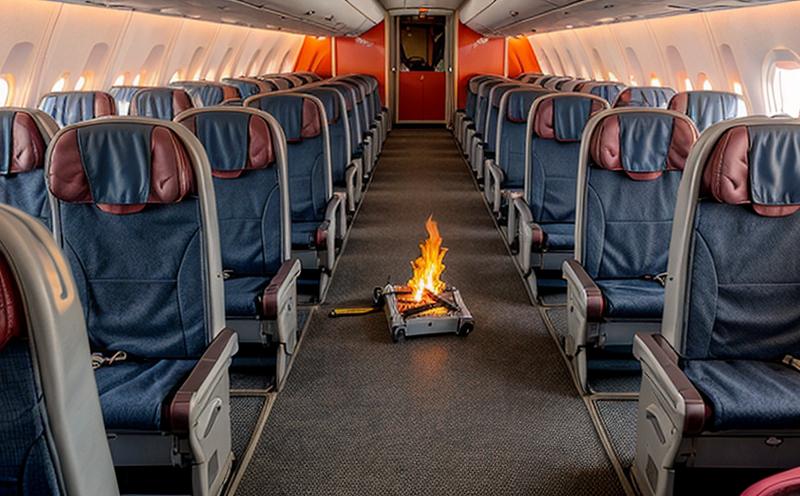
-
Fire Safety and Prevention Standards-
Fire Safety in Transportation-
Fire Safety Protocols for Airplane Cabin and Cargo Areas
We provide comprehensive solutions designed to help our clients mitigate risks, enhance performance, and excel in key areas such as quality, health & safety, environmental sustainability, and social responsibility.
Discover
For many years, our organization has been operating successfully, boasting modern laboratories that meet international standards. These laboratories are equipped with the latest technology devices and equipment, and we have built a strong team of experienced and trained personnel to operate them.
DiscoverWelcome to Eurolab, your partner in pioneering solutions that encompass every facet of life. We are committed to delivering comprehensive Assurance, Testing, Inspection, and Certification services, empowering our global clientele with the ultimate confidence in their products and processes.
Discover
-
Fire Safety and Prevention Standards-
Fire Safety in Transportation-
Fire Safety Protocols for Airplane Cabin and Cargo AreasFire Safety Protocols for Airplane Cabin and Cargo Areas: Ensuring Passenger Safety
Aviation safety has become a top priority in recent years, with airlines and regulatory bodies working tirelessly to ensure that air travel remains one of the safest modes of transportation. One critical aspect of aviation safety is fire safety, particularly in airplane cabins and cargo areas. A single fire incident on board can have catastrophic consequences, resulting in loss of life, damage to property, and significant disruption to flight schedules.
In this article, we will delve into the importance of fire safety protocols for airplane cabin and cargo areas, highlighting key regulations, technologies, and best practices that airlines and regulatory bodies employ to mitigate fire risks. We will also provide a detailed explanation of fire suppression systems, emergency equipment, and crew training requirements in bullet point format.
Fire Suppression Systems: Understanding the Technology
Airplane cabins and cargo areas are equipped with advanced fire suppression systems designed to detect and extinguish fires rapidly. These systems typically consist of:
To detect and extinguish fires in airplane cabins and cargo areas to minimize damage and loss of life.
2. How do heat detectors work in fire suppression systems?
By sensing temperature rises, triggering alarms when potential fires are detected.
3. What types of fire suppression agents are used in modern aircraft?
Clean Agent Systems (CAS) using halon or HFCs for Class A, B, and C fires, and foam agents targeting Class B fires involving fuels, liquids, or gases.
4. Why is it essential to train crew members on emergency equipment?
To ensure effective response in fire emergencies, minimize damage, and prevent injuries.
5. What are the primary types of fire extinguishers used by crew members?
Class B-rated agents for fuel fires, Class F-rated agents for electrical fires, or multi-purpose agents for various fire types.
6. How often should airlines conduct simulation exercises and hands-on training for crew members?
Regularly, ideally biannually to maintain high levels of preparedness and compliance with regulatory requirements.
7. What are the key regulatory bodies governing fire safety in aviation?
The Federal Aviation Administration (FAA), International Civil Aviation Organization (ICAO), European Aviation Safety Agency (EASA), and local regulatory authorities.
8. Why is it crucial to have a prohibited items list for cargo areas?
To prevent flammable materials from being transported, reducing the risk of fire in these high-risk areas.
This comprehensive overview highlights essential aspects of fire safety protocols for airplane cabins and cargo areas. Understanding these requirements ensures compliance with regulatory standards, minimizes risks, and prioritizes passenger safety above all else.

Hospitality and Tourism Certification
Hospitality and Tourism Certification: Unlocking Opportunities in the Industry The hospitality and ...

Consumer Product Safety
Consumer Product Safety: Protecting Consumers from Harmful Products As a consumer, you have the rig...

Automotive Compliance and Certification
Automotive Compliance and Certification: Ensuring Safety and Efficiency The automotive industry is ...

Environmental Impact Assessment
Environmental Impact Assessment: A Comprehensive Guide Environmental Impact Assessment (EIA) is a c...
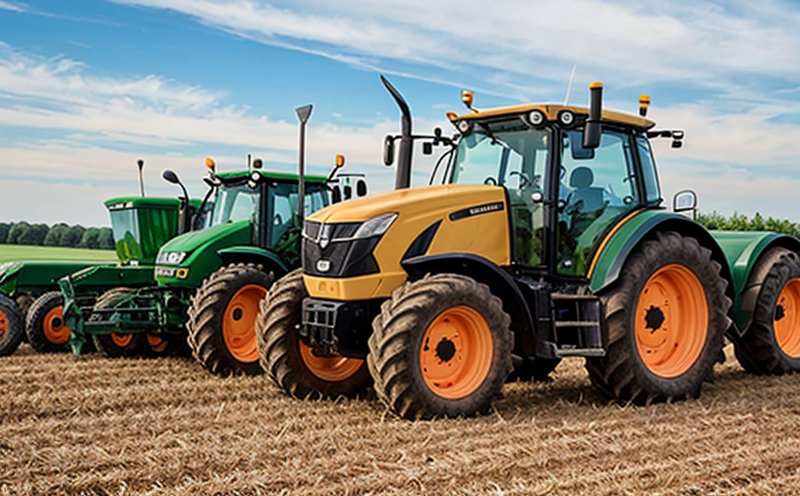
Agricultural Equipment Certification
Agricultural equipment certification is a process that ensures agricultural machinery meets specific...

Fire Safety and Prevention Standards
Fire Safety and Prevention Standards: Protecting Lives and Property Fire safety and prevention stan...

Chemical Safety and Certification
Chemical safety and certification are critical in ensuring the safe management of products and proce...
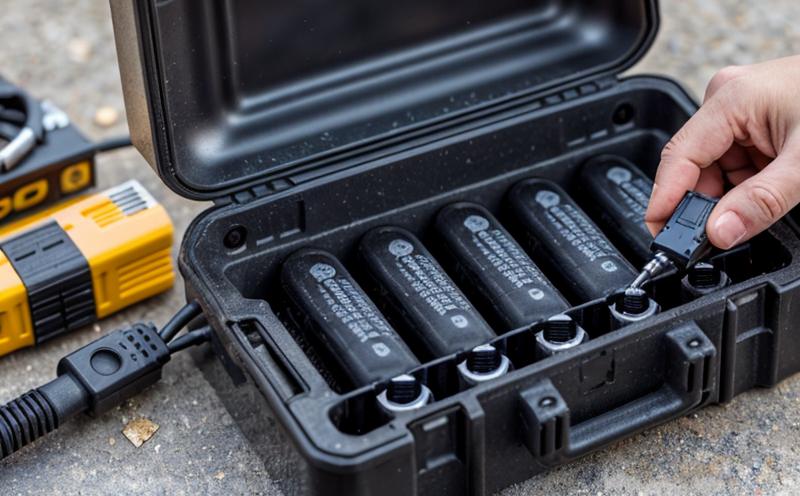
Battery Testing and Safety
Battery Testing and Safety: A Comprehensive Guide As technology continues to advance, battery-power...

Environmental Simulation Testing
Environmental Simulation Testing: A Comprehensive Guide In todays world, where technology is rapidl...
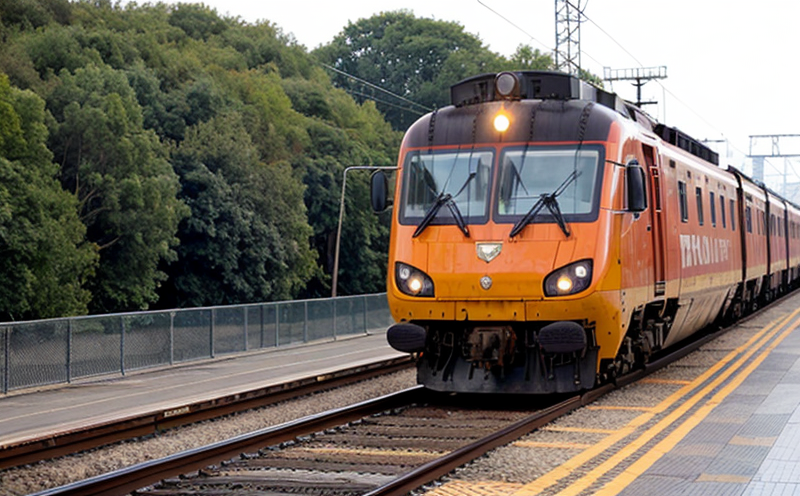
Railway Industry Compliance
Railway Industry Compliance: Ensuring Safety and Efficiency The railway industry is a critical comp...
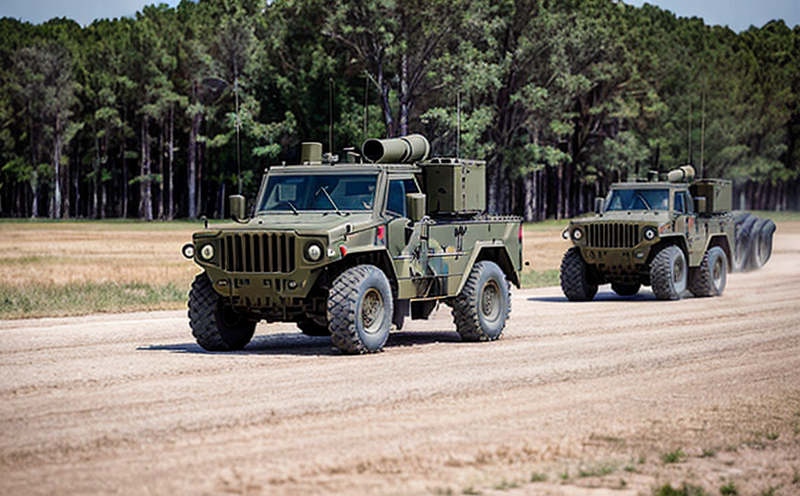
Military Equipment Standards
Military Equipment Standards: Ensuring Effectiveness and Safety The use of military equipment is a ...

NEBS and Telecommunication Standards
Network Equipment Building System (NEBS) and Telecommunication Standards The Network Equipment Bu...
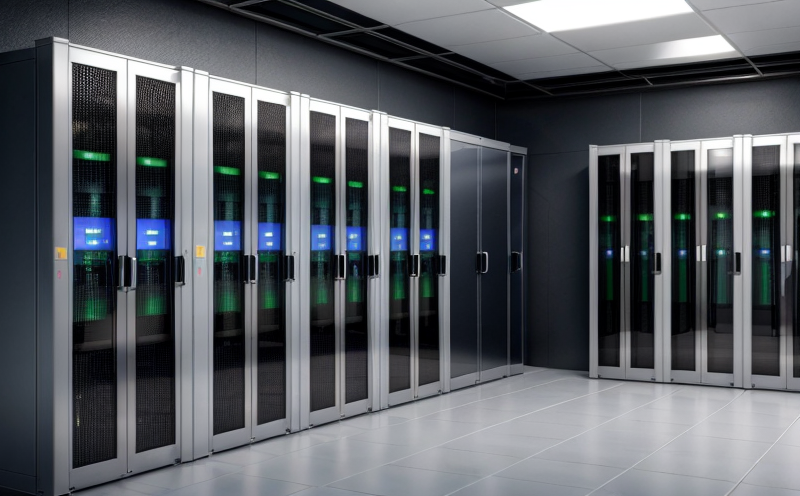
IT and Data Center Certification
IT and Data Center Certification: Understanding the Importance and Benefits The field of Informatio...

Lighting and Optical Device Testing
Lighting and Optical Device Testing: Ensuring Performance and Safety Lighting and optical devices a...
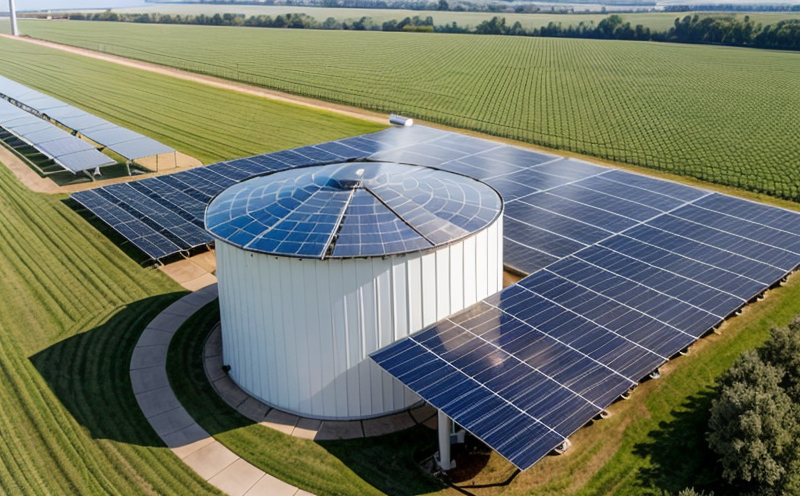
Renewable Energy Testing and Standards
Renewable Energy Testing and Standards: Ensuring a Sustainable Future The world is rapidly transiti...

Pharmaceutical Compliance
Pharmaceutical compliance refers to the adherence of pharmaceutical companies and organizations to l...
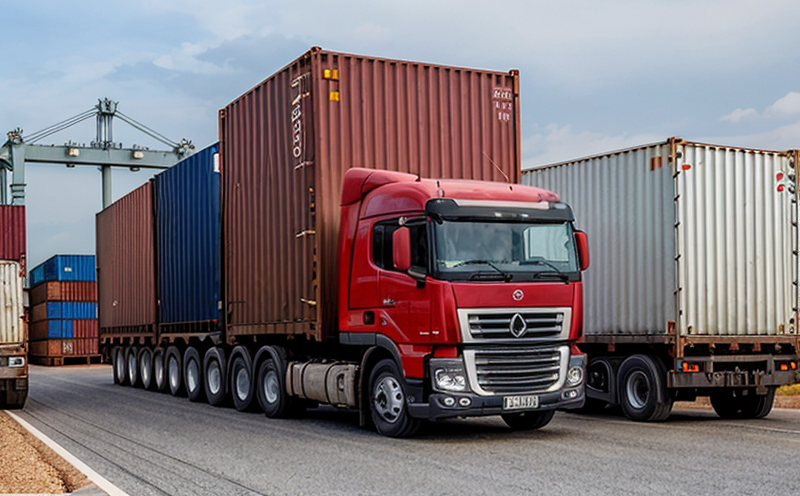
Transportation and Logistics Certification
Transportation and Logistics Certification: A Comprehensive Guide The transportation and logistics ...
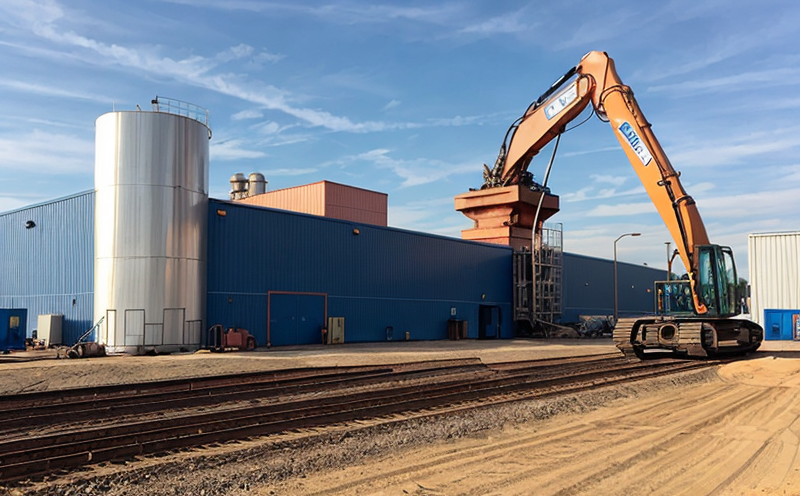
Industrial Equipment Certification
Industrial equipment certification is a critical process that ensures industrial equipment meets spe...
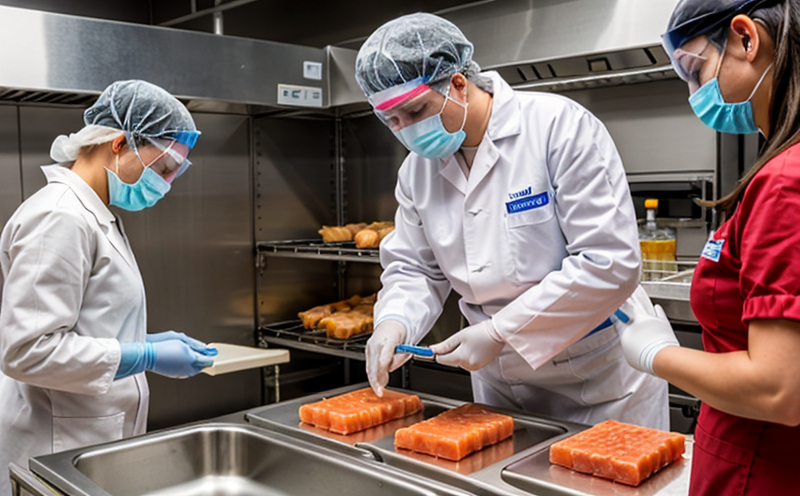
Food Safety and Testing
Food Safety and Testing: Ensuring the Quality of Our Food As consumers, we expect our food to be sa...

Electrical and Electromagnetic Testing
Electrical and Electromagnetic Testing: A Comprehensive Guide Introduction Electrical and electrom...

Trade and Government Regulations
Trade and government regulations play a vital role in shaping the global economy. These regulations ...

Energy and Sustainability Standards
In today’s rapidly evolving world, businesses face increasing pressure to meet global energy a...
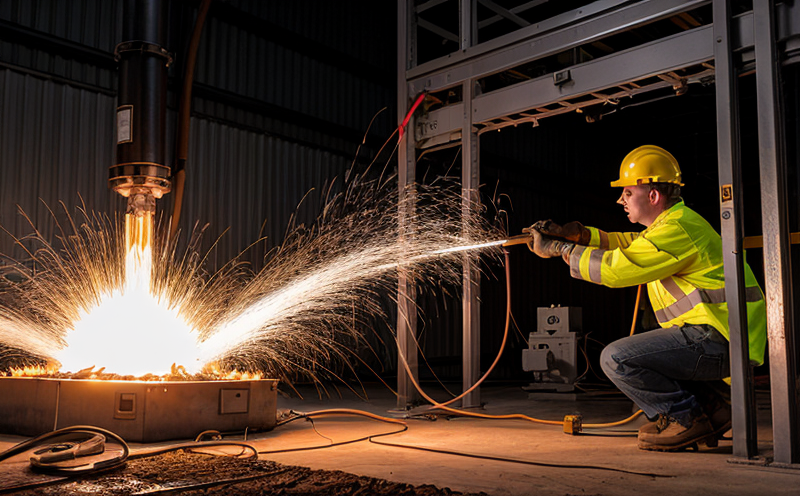
Electromechanical Safety Certification
Electromechanical Safety Certification: Ensuring Compliance and Protecting Lives In todays intercon...
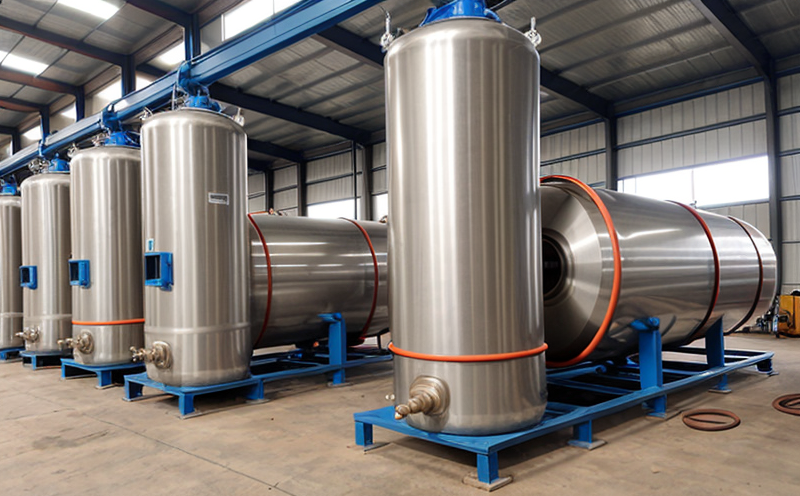
Pressure Vessels and Installations Testing
Pressure Vessels and Installations Testing Pressure vessels are a critical component of various ind...
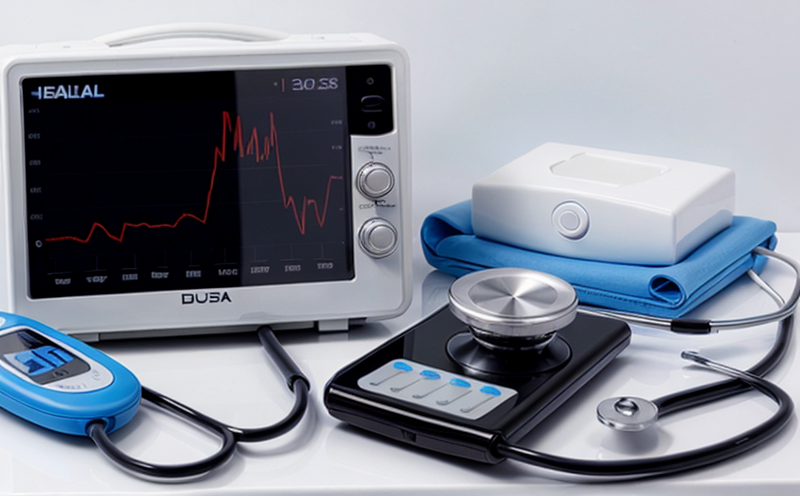
Healthcare and Medical Devices
The Evolution of Healthcare and Medical Devices: Trends, Innovations, and Challenges The healthcare...

Cosmetic Product Testing
The Complex World of Cosmetic Product Testing The cosmetics industry is a multi-billion-dollar ma...
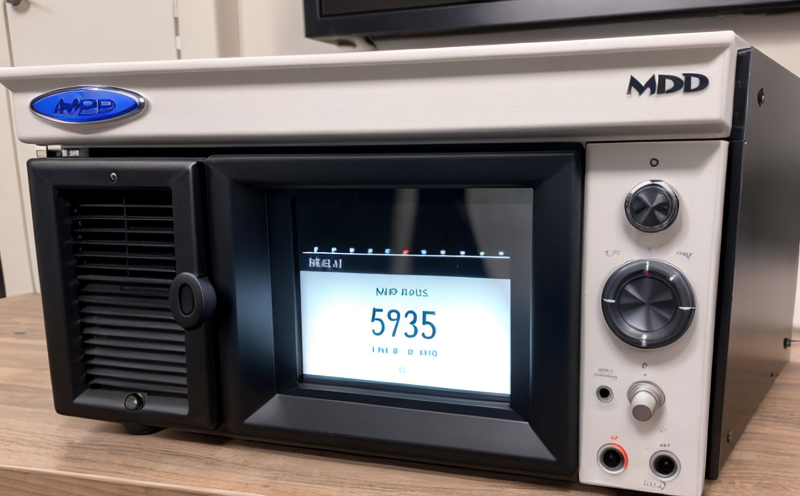
MDR Testing and Compliance
MDR Testing and Compliance: A Comprehensive Guide The Medical Device Regulation (MDR) is a comprehe...

Construction and Engineering Compliance
Construction and Engineering Compliance: Ensuring Safety, Quality, and Regulatory Adherence In the ...

Product and Retail Standards
Product and Retail Standards: Ensuring Quality and Safety for Consumers In todays competitive marke...
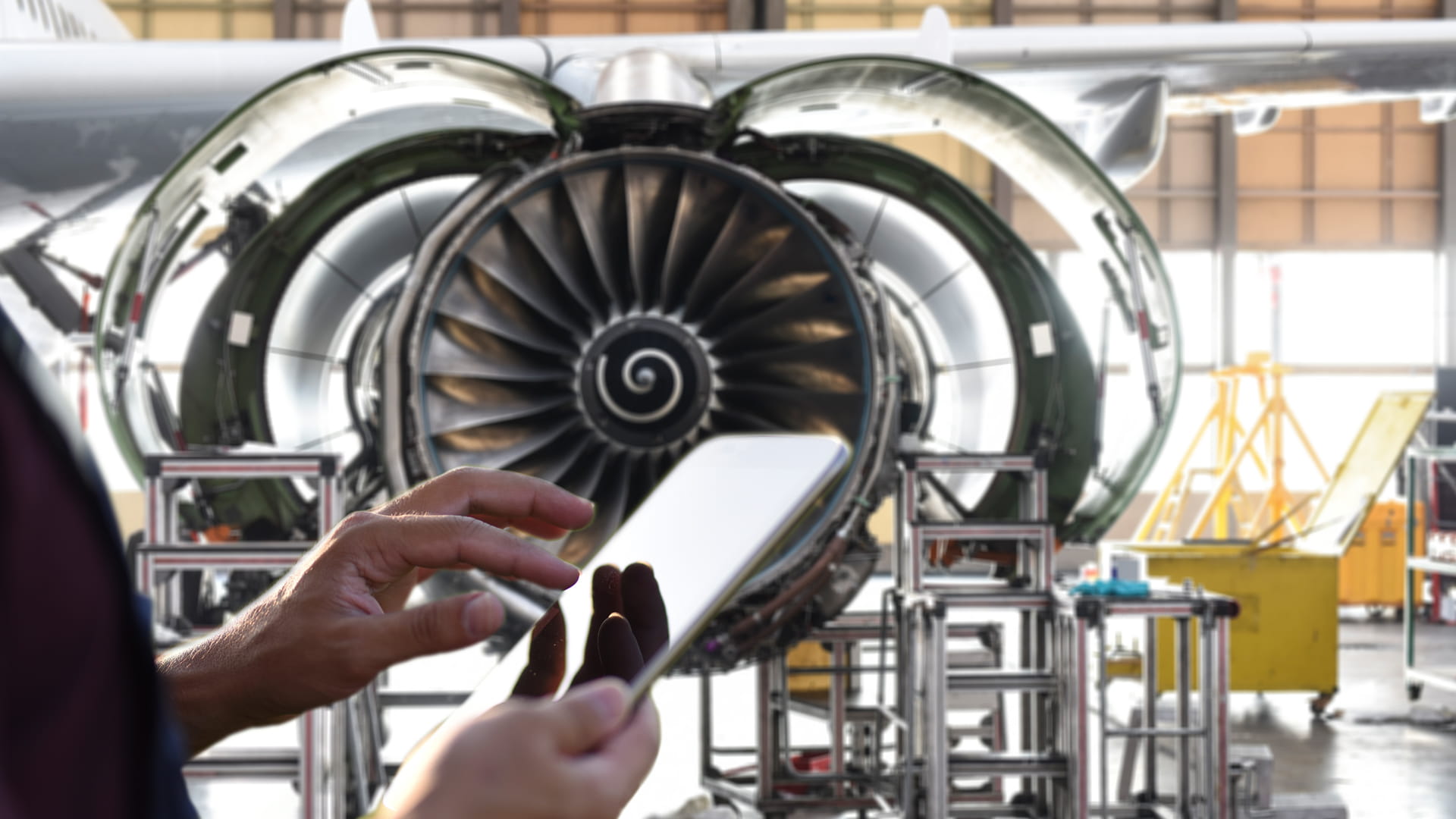
Aviation and Aerospace Testing
Aviation and Aerospace Testing: Ensuring Safety and Efficiency The aviation and aerospace industr...